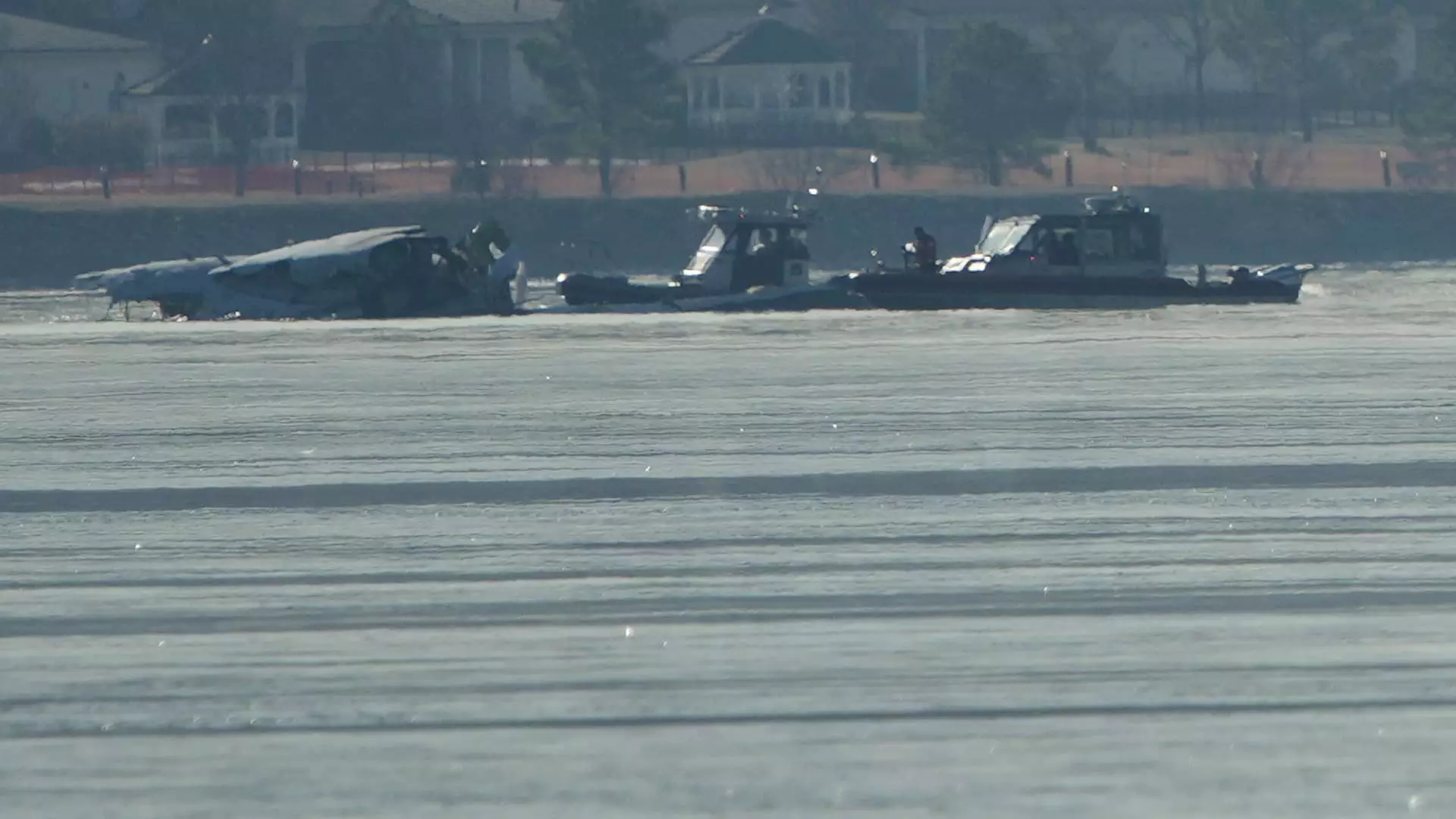The tragic crash of an American Airlines regional jet and a military helicopter near Washington, D.C., marks a significant and somber moment in aviation history, as it stands as the deadliest commercial air disaster in the United States since the beginning of the 21st century. This catastrophic event has reignited serious discussions and concerns surrounding airspace congestion, which many experts argue has become a dire crisis, threatening the safety of air travel. The collision, which occurred just before 9 p.m. ET on a Wednesday night, resulted in the loss of all lives aboard both the Bombardier CRJ700 jet and the Army Black Hawk helicopter.
As authorities diligently pull remains from the frigid waters of the Potomac River, the focus shifts toward an exhaustive investigation into the factors leading up to the disaster. While initial reports have not assigned blame to air traffic control, the complexity of the situation raises numerous questions. Investigations of this magnitude typically span months, if not longer, and require thorough scrutiny into air traffic protocols, pilot decision-making, and mechanical integrity. Historical data suggests a disturbing trend regarding airspace congestion, particularly around high-traffic airports such as Ronald Reagan Washington National Airport, which holds the unfortunate title of the busiest runway in the United States.
The recent collision is not an isolated incident but rather the culmination of ongoing concerns related to air traffic safety. Close calls involving various commercial airlines, like a near miss between a JetBlue flight and a Southwest Airlines plane earlier this year, highlight the increasing risks in our airspace. The consistent pattern of near disasters creates an unsettling backdrop against which Wednesday’s tragedy unfolded. Airline and regulatory officials have expressed growing alarm, urging for comprehensive reform within the air traffic control system to counteract mounting congestion and ensure that safety remains paramount.
In light of this shocking incident, prominent figures in the aviation industry, including Southwest Airlines CEO Bob Jordan, have raised a clarion call for modernization and proactive reforms in air traffic management. Decades of delays in system upgrades have left many airlines struggling to maintain operational efficiency amidst growing flight demands. It’s crucial that stakeholders advocate for a systematic overhaul to address these vulnerabilities. The simple fact that Wednesday’s crash was the first significant fatal incident since 2009 has created a false sense of security that could prove dangerous if complacency takes hold.
As we absorb the heartbreaking consequences of this collision, it is a stark reminder of the cost of inaction. The aviation industry must address these issues head-on in order to foster a secure environment for passengers and crews alike. With increased air traffic expected to continue, the industry owes it to itself and its consumers to push for dynamic solutions that prioritize safety. Ultimately, reforming air traffic systems is not merely a bureaucratic nuisance; it is an ethical imperative that demands urgent attention from lawmakers, airlines, and the regulatory bodies that govern air travel. The time for change is now, before the next tragedy becomes an even darker chapter in aviation history.

